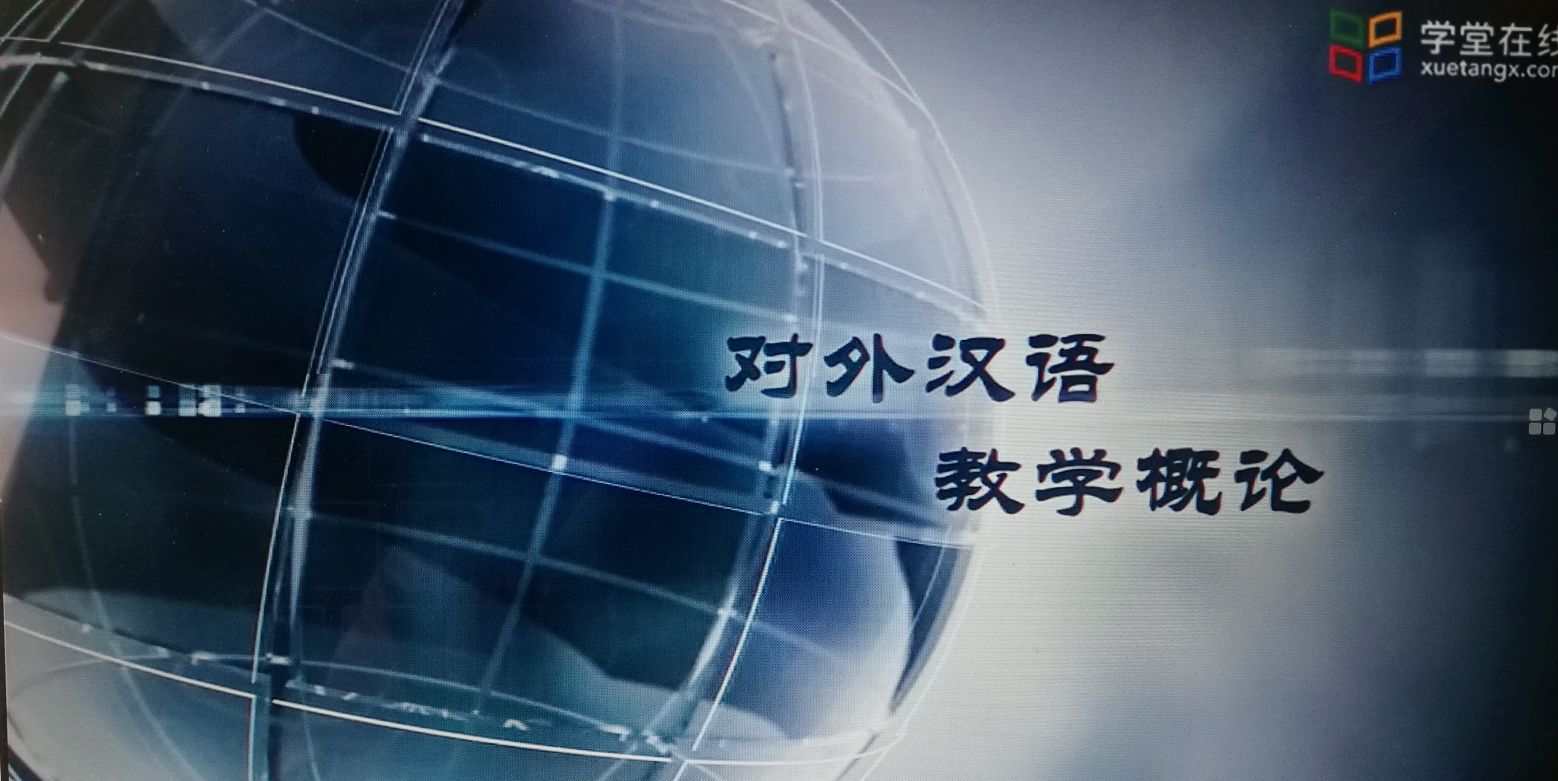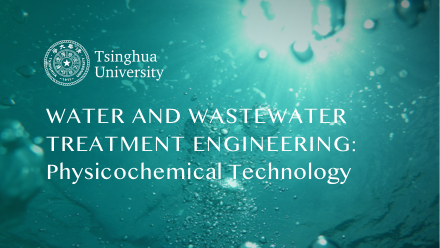
当前课程知识点:Water and Wastewater Treatment Engineering: Physicochemical Technology > Chapter 4 Filtration > 4-5 Filter media > 4-5 Filter media
返回《Water and Wastewater Treatment Engineering: Physicochemical Technology》慕课在线视频课程列表
返回《Water and Wastewater Treatment Engineering: Physicochemical Technology》慕课在线视频列表
同学们好!在这一节为大家介绍滤池中的主要构成部分--滤料
滤池滤料的种类有很多,使用最早和应用最为广泛的滤料是天然的石英砂
此外,其他常用的滤料还有无烟煤、石榴石、磁铁矿等
另外还有人工制造的轻质滤料,如聚苯乙烯滤料、纤维球滤料等
用于水处理的滤料
必须有足够的强度、良好的化学稳定性和一定的级配的要求
凡是满足这些条件的粒状颗粒原则上都可以作为滤池的滤料
那么对于滤料的粒径级配,我们有何具体要求呢?
滤料颗粒的级配分布可以通过筛分实验得到,从而获得滤料的筛分曲线
这个图的横坐标表示在筛分实验中所用筛子的筛孔孔径
纵坐标表示通过该筛孔的滤料在滤料总量中的质量比
该图表示了滤料粒径的分布情况
作为滤池滤料,我们有两个控制指标
一是有效粒径d_10,二是不均匀系数K_80,(K_80)等于d_80除以d_10
d_10和d_80分别表示通过滤料重量10%和80%的筛孔孔径
d_10反映了细颗粒的尺寸,小于它的颗粒是产生水头损失的主要部分
K_80表示了滤料中颗粒大小的不均匀程度
K_80越大,颗粒越不均匀,滤层孔隙率下降,导致滤层的含污能力下降
同时,由于颗粒粒径大小差别很大,在冲洗时,冲洗强度难以确定
因此,我们希望K_80越接近1,滤料越均匀,过滤和冲洗效果越好
但通常K_80越接近1,滤料价格也会越高
如果天然滤料不满足设计要求,可以通过筛分对滤料粒径分布做调整
这个图是某一天然河砂滤料的筛分曲线
从这个筛分曲线我们可以得到原滤料的有效粒径d_10等于0.4mm
d_80等于1.34mm,要求设计达到的滤料的有效粒径d_10为0.55mm
K_80为2,则相应的d_80为1.1mm
从这个图的横坐标0.55mm和1.1mm两点分别作垂线与筛分曲线相交
然后至两交点做平行线,与右边的纵坐标相交
并以此交点作为10%和80%,然后在10%和80%之间分成7等份
重新作为新坐标,再以新坐标的原点和100%做平行线与筛分曲线相交
这两点之间即为我们所要的滤料
两点之外的部分即为我们应该筛除的部分
通过这样的筛除可以得到我们所需要的具有一定级配的滤料
在过滤过程中,除了对滤料的级配有要求
还对滤料的材质、粒径和厚度等都有规定
我们称之为滤层的规格
滤料粒径都比较小,一般在0.5-2mm
滤层的厚度一般可以考虑为絮凝体在过滤过程中的穿透深度加上一定的保护厚度
而絮凝体的穿透深度与滤料粒径、滤速以及水的混凝效果有关
一般情况下,按400mm考虑,相应的保护厚度按200-300mm考虑
因此滤层的总厚度一般在600-700mm
滤池滤速按单层滤料、双层滤料以及三层滤料来分别考虑
一般分别为7-9m/h、9-12m/h、16-18m/h
这里需要解释的是滤速是指滤池单位面积单位时间的处理水量
而强制滤速是指全部滤池中有一个或两个滤池停产进行检修时
其他工作滤池的滤速,一般在设计中以正常的滤速来设计滤池面积
以检修情况下的强制滤速来进行滤池的校核
下面来看看滤层内的杂质分布的规律
这个图的纵坐标表示滤层深度,横坐标表示滤层的含污量
首先来看一下单层滤料的情况
我们可以看到,滤层含污量沿滤层深度方向变化很大
在滤料表层最大,沿着滤层深度的增加而逐渐减少
这是因为在滤池冲洗过程中,通常采用水流反冲洗
水反冲洗后,由于水力筛分作用
滤料在滤层中的分布是粒径沿过滤方向由小变大
即呈现上细下粗的结构,滤料表层孔隙率最小,致使杂质主要截留在滤层表面
而下部滤层的含污能力没有得到充分发挥
为了改变这种上细下粗的滤料层中杂质分布严重不均匀的现象
提高滤层的含污能力,出现了双层滤料和三层滤料
双层滤料的上层采用密度较小、粒径较大的滤料,如无烟煤
而下层采用密度较大、粒径较小的滤料,如石英砂
由于两种滤料之间存在密度差,在反冲洗后,轻质滤料在上部,重质滤料在下部
对每一层滤料来讲,仍然存在粒径上细下粗的现象
但就整个滤层而言,上层的平均粒径大于下层
因此与单层滤料相比,滤料结构合理性得到改善
三层滤料的组成是上部为大粒径、低密度的无烟煤
中层为中等粒径、中等密度的石英砂
下层为小粒径、高密度的滤料,如石榴石等
与双层滤料相比,三层滤料结构更加均匀
由于多层滤料的使用,可以使滤料层内杂质截污能力和均匀性得到改善
我们来看看这是双层滤料内杂质的分布
很明显,与单层滤料相比,杂质在滤层深度方向的均匀性得到了改善
同时整体截污能力也得到了提高
这一节,有关滤料的介绍就到这里,谢谢
-0-2 Water treatment process
-0-3 Wastewater treatment process
--0-3 Wastewater treatment process
-Chap 0 Homeworks
-1-1 Introduction
-1-2 Properties of colloids
-1-3 Mechanisms and process of coagulation and flocculation
--1-3 Mechanisms of coagulation and flocculation
-1-4 Coagulant and coagulant aids
-- 1-4 Coagulant and coagulant aids
-1-5 Kinetics of coagulation and flocculation
--1-5 Kinetics of coagulation and flocculation
-1-6 Factors affecting the coagulation performance
--1-6 Factors affecting the coagulation performance
-1-7 Facilities for coagulation and flocculation
--1-7 Facilities for coagulation and flocculation
-Chapter 1 Homeworks
-2-1 Introduction
-2-2 Discrete particle settling
--2-2 Discrete particle settling
-2-3 Flocculent settling
-2-4 Zone settling
-2-5 Rectangular settling tank
--2-5 Rectangular settling tanks
-2-6 Process calculation of rectangular settling tanks
--2-6 Process calculation of rectangular settling tanks
-2-7 Vertical Flow (up-flow ) and radial flow settling tank
--2-7 Vertical Flow (up-flow ) and radial flow settling tank
-2-8 Plated sedimentation tank
--2-8 Plated sedimentation tank
-2-9 Clarification pool
-3D interactive demonstration for settling tanks
-Chapter 2 Homework (part 1)
-Chapter 2 Homework (part 2)
-3-1 Introduction
-3-2 Theoretical foundation of air floatation
--3-2 Theoretical foundation of air floatation
-3-3 Pressurized dissolved air flotation
--3-3 Pressurized dissolved air flotation
-Chapter 3 Homework
-4-1 Introduction
-4-2 Structure and process of conventional rapid filter
--4-2 Structure and process of conventional rapid filter
-4-3 Water head loss of filter
--4-3 Water head loss of filter
-4-4 Filtration method of filter
--4-4 Filtration method of filter
-4-5 Filter media
-4-6 Water distribution system
--4-6 Water distribution system
-4-7 Filter backwashing
-4-8 Siphon filter
-4-9 Gravity valveless filter
--4-9 Gravity valveless filter
-4-10 Movable hood filter
-3D interactive demonstration for filtration tanks
--Usage and description for 3-D demonstration
-Chapter 4 Homework
-5-1 Introduction
-5-2 Influence factors of disinfection
--5-2 Influence factors of disinfection
-5-3 Chlorine disinfection
-5-4 Chlorine dioxide disinfection
--5-4 Chlorine dioxide disinfection
-5-5 Ultraviolet disinfection
--5-5 Ultraviolet disinfection
-Chapter 5 Homework
-6-1 Ion-exchange resin
-6-2 Properties of ion-exchange reactions
--6-2 Properties of ion-exchange reactions
-6-3 Properties of cation exchange resin
--6-3 Properties of cation exchange resin
-6-4 Properties of anion exchange resin
--6-4 Properties of anion exchange resin
-6-5 Softening system using ion exchange
--6-5 Softening system using ion exchange
-6-6 Desalination system using ion exchange
--6-6 Desalination system using ion exchange
-6-7 Ion-exchange equipment
-6-8 Treatment of industrial wastewater by ion-exchange method
--6-8 Treatment of industrial wastewater by ion-exchange method
-Chapter 6 Homework
-7-1 Introduction
-7-2 Principle and characteristics of electrodialysis
--7-2 Principle and characteristics of electrodialysis
-7-3 Configuration of electrodialysis unit
--7-3 Configuration of electrodialysis unit
-7-4 Operating parameters for electrodialysis unit
--7-4 Operating parameters for electrodialysis unit
-7-5 Principle and process of reverse osmosis
--7-5 Principle and process of reverse osmosis
-7-6 Operating parameters for reverse osmosis
--7-6 Operating parameters for reverse osmosis
-7-7 Principles and characteristics of UF and MF
--7-7 Principles and characteristics of UF and MF
-7-8 Design of ultrafiltration and microfiltration process
--7-8 Design of ultrafiltration and microfiltration process
-Chapter 7 Homework
-8-1 Fundamental knowledge and classification
--8-1 Fundamental knowledge and classification
-8-2 Ozonation
-8-3 Photo-catalytic oxidation
--8-3 Photo-catalytic oxidation
-8-4 Supercritical water oxidation
--8-4 Supercritical water oxidation
-8-5 Electrolysis
-Chapter 8 Homework
-9-1 Introduction
-9-2 Adsorption equilibrium and adsorption isotherm
--9-2 Adsorption equilibrium and adsorption isotherm
-9-3 Adsorption breakthrough curve
--9-3 Adsorption breakthrough curve
-Chapter 9 Homework


